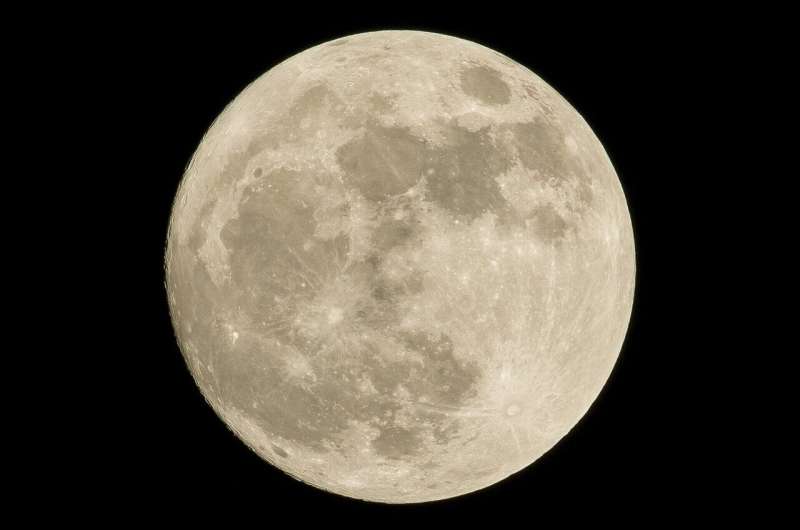As humanity stands on the precipice of venturing back to the Moon, the crew of the Artemis II mission remains resolutely focused on their historic lunar journey, despite the swirling uncertainties surrounding NASA’s long-term programs. Less than nine months from potentially flying around Earth’s celestial neighbor, astronauts Reid Wiseman, Victor Glover, Christina Koch, and Canadian Space Agency astronaut Jeremy Hansen are rigorously preparing, embodying an unwavering commitment to the mission’s success.
The quartet recently returned to the Space Coast, engaging directly with their sophisticated ride, the Orion spacecraft. For the first time, these four pioneering NASA astronauts donned their launch and entry suits to conduct critical ingress procedures, marking a significant milestone. Wiseman emphasized the profound experience of finally being together inside the vehicle, a crucial step in preparing for a flight that will make them the first humans to journey to the Moon since the Apollo 17 mission in 1972.
Christina Koch affirmed that the launch atop the formidable Space Launch System rocket from Kennedy Space Center’s Launch Pad 39-B could even occur earlier than anticipated if conditions align perfectly. This sense of urgency underscores the crew’s dedication, as they collectively believe the Artemis program is precisely timed to establish a sustained human presence on and around the Moon, and ultimately, pave the way for missions to Mars.
Despite this optimism, the Artemis program has faced significant political and budgetary headwinds. Earlier proposals from the Trump administration sought to discontinue the Orion program and the Space Launch System after Artemis III, advocating for reliance on commercial partners for future lunar missions. However, the crew maintains a clear-eyed perspective, focusing intensely on the aspects they can control: ensuring the flawless execution of Artemis II to generate continued investment and support.
Another concern impacting the broader space agency is a notable reduction in workforce, with thousands of NASA employees having retired or taken buyouts. In this evolving landscape, the astronauts recognize their unique role as ambassadors. Wiseman highlighted their upcoming meeting with interim NASA Administrator Sean Duffy, emphasizing that the ambitious goals of returning to the Moon transcend political divides, fostering bipartisan support for the monumental undertaking of human spaceflight.
The Artemis program has also drawn criticism for not hitting original launch targets and for its ballooning budgets, with an audit noting expenditures exceeding $93 billion since its 2012 inception. Specifically, unforeseen damage to the Orion spacecraft’s heat shield during the uncrewed Artemis I mission in 2022 necessitated adjustments, causing Artemis II to delay its initial 2024 launch plan and underscoring the complexities of advanced space exploration.
To address the heat shield issue for Artemis II without further delays, teams opted to adjust the return trajectory rather than redesign the shield. A newly designed heat shield is planned for Artemis III’s Orion. The crew, however, expressed complete faith in this engineering decision, acknowledging the meticulous work of the teams on the ground who prioritized their safety and mission success, reinforcing their trust in the collective effort to achieve this audacious moon mission.
Victor Glover articulated the crew’s unwavering commitment, stating, “We’re a part of a team that is focused and knows what we have to do.” This steadfast approach to making Artemis II a resounding success is not merely about achieving a personal milestone but is viewed as the most effective strategy to ensure continued political will and financial investment in future endeavors beyond Artemis II. The world watches as these astronauts prepare to inspire a new generation.





Leave a Reply